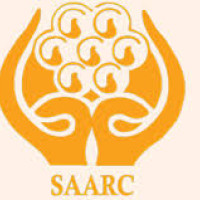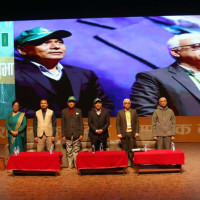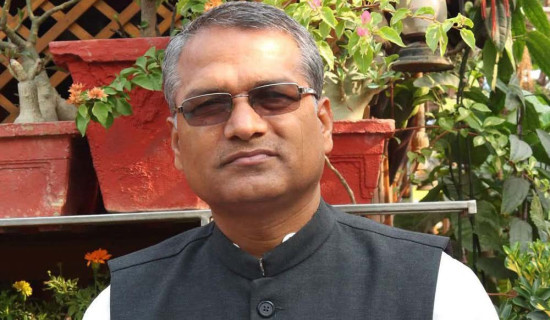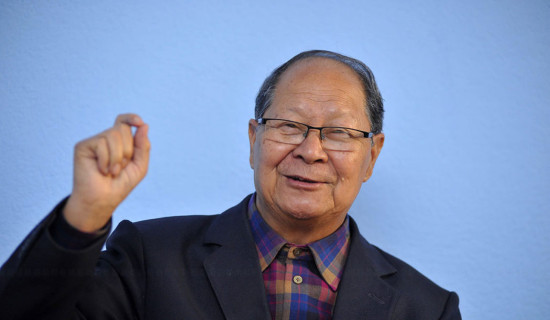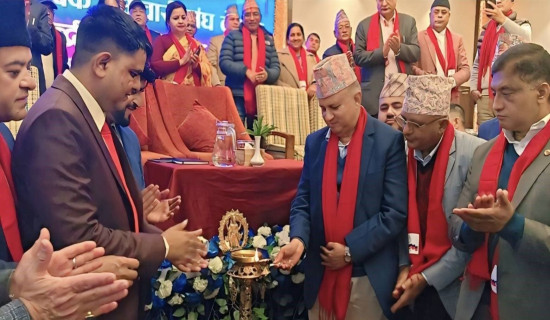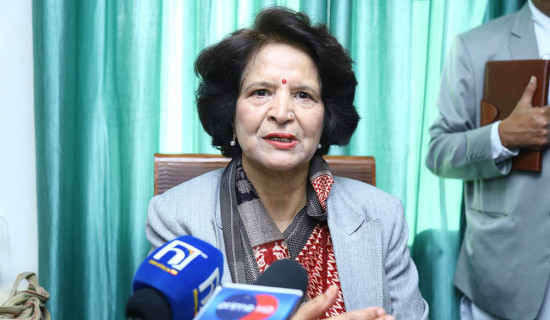- Saturday, 27 December 2025
The Vedic and Scientific Base of Sri Sri Natural Farming
Suvarna
Basnet 
“Agriculture is the backbone of human existence. For any civilization to prosper, agriculture has to be healthy and sustainable. We need to get our focus back on agriculture which is the primary industry. Our earth has plenty for everyone. We only have to manage its resources well.” – Gurudev Sri Sri Ravi Shankar ji.
The Art of Living Foundation is a volunteer-based, humanitarian, and educational non-governmental organization. It was founded in 1981 by Gurudev Sri Sri Ravi Shankar ji. The Art of Living Foundation has centers in more than 180 countries. Art of Living offers several stress-elimination and self-development programs based on breathing techniques, meditation, and yoga, as well as service projects.
The Sri Sri Institute of Agricultural Sciences & Technology Trust (SSIAST) was established by Gurudev Sri Sri Ravi Shankar ji under the Art of Living Foundation, which aims to provide opportunities in education, research, and extension in different branches of Agriculture.
The Trust is marching forward with remedial solutions for some of the major environmental degradation factors through numerous experiments in collaboration with our farmers and scientists. The farmers are aware now, more than ever, how chemical farming has not only been a cause of their dwindling income and soil infertility but also damaged their land and water resources.
Sri Sri Natural Farming under SSIAST is based on ancient Vedic traditions. This ancient wisdom is brought to us by Pujya Gurudev Sri Sri Ravi Shankar ji. It is clear that chemical farming is not sustainable. Increasing usage of fertilizers, increasing usage of pesticides have converted fertile lands into barren lands. Today conventional farming is difficult. Cost of cultivation has shot up. Adding to the farmer’s misery, lower selling prices means profits are becoming lower. Sri Sri Natural Farming is the only sustainable farming technique for the future.
The Sri Sri Natural Farming is a 3-days training program at the village level that teaches farmers how to do agriculture at zero cost with practical training for the preparation of bio-fertilizers and bio-pesticides. Although Vedic in origin, Sri Sri Natural Farming is strongly supported by latest scientific research.
Let us destroy the myth of fertilizers first. For example, 90% of plant is only water. That means, 90% of any plant we see is made up of only water. Which also means that for this 90% of any plant weight, no fertilizer is required. If we remove the water and look at adried plant, 90% of it is made up of Carbon, Oxygen and Hydrogen (C,H,O). Carbon comes from air (Carbon Dioxide). Hydrogen comes from water and oxygen from air and water. 99% of dried plant weight comes from air and water. So for the 90% of the fresh plant weight and 99% of the dried plant weight, we can say that no fertilizer is required. Let’s try to understand now where the 0.1% of the plant weight comes from. Scientist say that 0.04% is Nitrogen, 0.02% is Potassium and 0.02% is Phosphorus. The last 0.02% is made up of all the trace elements. So why dump so much fertilizer?
We know that the beans fix nitrogen with the help of microorganisms in the plant’s root nodules. The scientist discovered that there are microorganisms that fix nitrogen for all species of plants. Then the scientists discovered that there are microorganisms that fix even potassium and phosphorus but these microorganisms are not in the root nodules.
The nitrogen, potassium, phosphorus and all trace elements are brought to the soil by lightening, rain and weathering. However the elements are not in soluble form. What converts them into a soluble form that can be absorbed by plants is the ancient secret of the Vedas. Cows are revered in our tradition. It is said that our divine cow was the gift of the god to the mankind. Kamadhenu, the abode of all the gods (sahastra koti devatas), is the ancestor of all the desi cows. If we look at the picture of Kamadhenu cow, we will find that Goddess Laxmi is always shown in the hind side of the cow or on a cow dung. Why is cow dung of Kamadhenu a symbol of wealth as represented by Goddess Laxmi? Scientists today endorse what our ancient Rig Veda says about the importance of Kamadhenu to the prosperity of mankind. Scientists have discovered today that fresh local cow dung has the exact microorganism species that are required to convert all the essential elements needed by the plant into soluble form.
Here is the connection between the microorganisms found in a cow dung and the essential elements found in the soil but in a bound form. The microorganisms in the cow dung convert the essential elements that are in the bound form into soluble form so that the plants can absorb them. So these microorganisms, which could very well metaphorically be the sahastra koti devatas inside the Kamadhenu, they play this very important role of giving the plants the nutrients converted into a soluble form. The symbiotic relationship between the plants and the microorganisms in the cow dung is such that for every atom of the essential element the microorganisms fix for the plant, the plant in return gives a molecule of sugar to the microorganism. How extraordinary that our local cow that descended from the divine Kamadenu should have all the microorganisms needed for agriculture! If the plant is getting water, carbon, hydrogen, essential and trace elements from the environment, does it need chemical fertilizer? The answer is no.
Sri Sri Natural Farming revives this ancient tradition of allowing the Devi Laxmi present in our desi cow to shower us with prosperity through agriculture.
In Sri Sri Natural Farming, the farmers are taught how to explode this microbe population in our desi cow billions of times to prepare bio-fertilizers like Jeevamrut, Ghanajeevamrut, Panchagavya, etc. They are also taught how to make bio-pesticides with in-puts available in our lands at zero cost like Neemastra, Brahmastra, Agniastra, etc. They are also taught how to cover the soil with mulch so that the microbes can do their work at the root zone and the earthworms can do the tilling. Also importantly, they are also taught how to make their own seeds at the end of the season using local seeds. We say no to hybrid and GMO seeds. Teaching farmers how to control input costs and guiding them how to maximize profits, Sri Sri Natural Farming teaches them to cut input costs to practically zero and ensuring yields are same as chemical farming. Sri Sri Natural Farming is a course offered by Sri Sri Institute of Agriculture Science and Technology, Art of Living.
The problem with the current state of affairs with regards to agriculture in Nepal is that excessive use of agrochemicals and pesticides are killing microorganisms in the soil as well as polluting ground water. The natural fertility and productivity of mother earth is degrading. Such a situation, if not addressed timely, only makes the soil solely dependent on agro-chemicals. Hence Sri Sri Natural Farming movements are needed to regenerate the full potential of mother earth and preserve water quality. Sri Sri Natural farming is one such opportunity to revive/ keep intact the natural regenerative capacity of mother earth.
In India, Sri Sri Natural Farming has become a blessing for poor farmers who were unable to afford agri-inputs. In India, each year many farmers commit suicide due to indebtedness caused by the cost of farm inputs. The movement is taking momentum in various states of India including Karnataka, Andra Pradesh, Himalchal Pradesh, Cahttishgarh, Kerala. Karnataka and Uttarakhand.
Art of Living through the SSIAST is intensively researching as well as promoting natural farming technologies to address indebtedness and suicide among farmers and to preserve/regenerate the natural productivity of mother earth which ensuring ecological balance. These methods are environmentally friendly and sustainable. Furthermore, the benefits of these activities include lower costs and increased efficiency and earnings. Recognizing the success of natural farming in India, Art of Living Nepal had organized Sri Sri Natural Farming Teacher Training Program and produced fifty teachers who can go to rural areas and teach the 3-days Sri Sri Natural Farming Program.
These technologies need to be taken across Nepal through informed policy at the national as well as local level.







